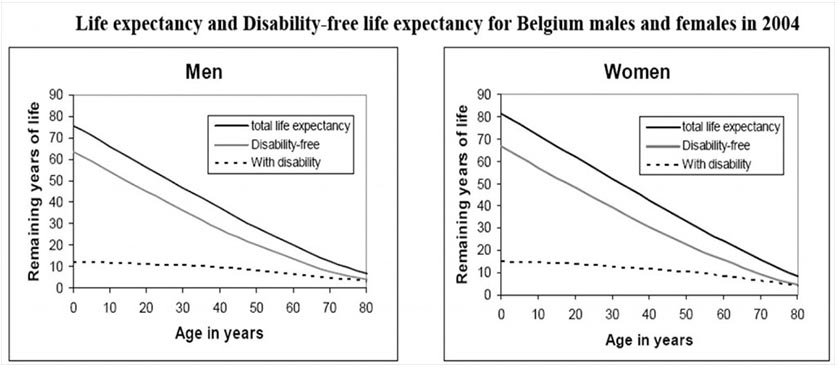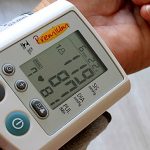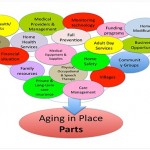Life Expectancy – Outcome performance measure for health improvement
In a recently published article, A Healthy Bottom Line: Healthy Life Expectancy as an Outcome Measure for Health Improvement Efforts, the Milbank Quarterly, a multidisciplinary journal of population health and health policy, recommends the adoption and adaptation of Healthy Life Expectancy (HLE) as an national outcome measure in USA.
The article sustains that HLE is a a clear, consistent, and important population health outcome measure that can enable informed judgments about value for investments in health care, combining both length and quality of life (Stiefel, Rocco & Zell, 2010).
Also referred as health expectancy or health life expectancy, HLE measures the estimate average number of years a person of a certain age is expected to live, if the current mortality rates continue to apply (smartKPIs.com, 2010).
Healthy life expectancy is becoming a standard summary measure of population health at both the international and national levels, being used for several purposes:
- highlighting health inequalities;
- targeting resources for health promotion;
- evaluating the impact of health policies;
- planning for health, social, and fiscal policy.
A common way to illustrate healthy life expectancy is shown in the figure above.
Applicability
A large and growing number of countries now measure HLE at the national level:
- UK uses Healthy Life Expectancy for policy applications, for monitoring the quality of life and social exclusion of the elderly and in deliberations on changing the retirement age .
- South Australia’s Strategic Plan has as a goal between 2000-2014, the increase of HLE at birth by 5 % for males and 3 % for women. The improvement in HLE has been evaluated and implemented based on an assessment of efficacy, acceptability, feasibility, and cost, stratified by socioeconomic status. At the middle of this period, HLE at birth had steadily increased by 1.9 % for males and 1.3 % for women.
- The federal government’s Healthy People 2010 from USA has as initiatives, the increase of quality, years of healthy life and to eliminate disparities.
A related question about the utility of the HLE remains with regards to the sensitivity of the measure to impacts of improvement efforts on changes in a population’s mortality and morbidity. This article supports the adoption of HLE as an outcome measure at the national, state, community, and health care system levels in the United States to compare the effectiveness of alternative practices, evaluate disparities, and guide resource allocation (Stiefel, Rocco & Zell, 2010).
References:
- European Health Expectancy Monitoring Unit. 2007. Interpreting Health Expectancies
- Stiefel, M, Rocco P & Zell, B 2010, A Healthy Bottom Line: Healthy Life Expectancy as an Outcome Measure for Health Improvement Efforts
- smartKPIs.com 2010, Health life expectancy
- European Health Expectancy Monitoring Unit (2007)

Tags: Healthy Life Expectancy, HLE, Life Expectancy, Milbank Quarterly






